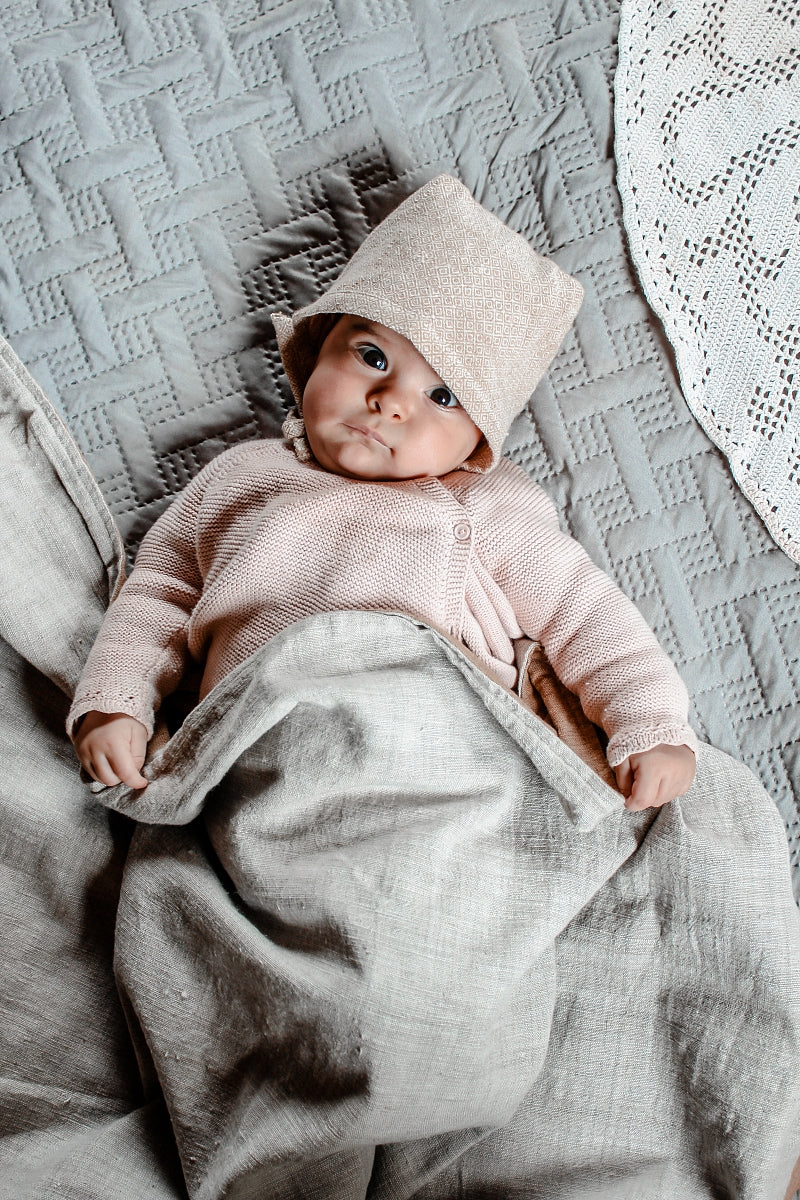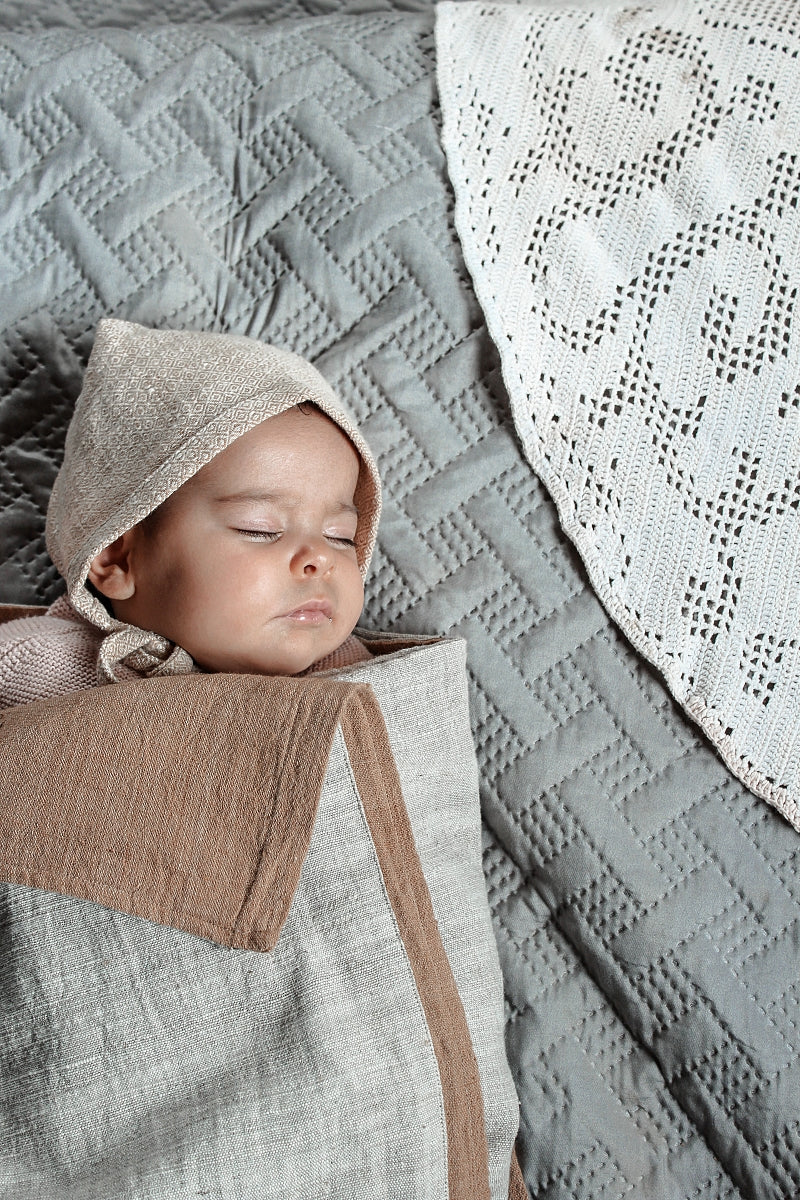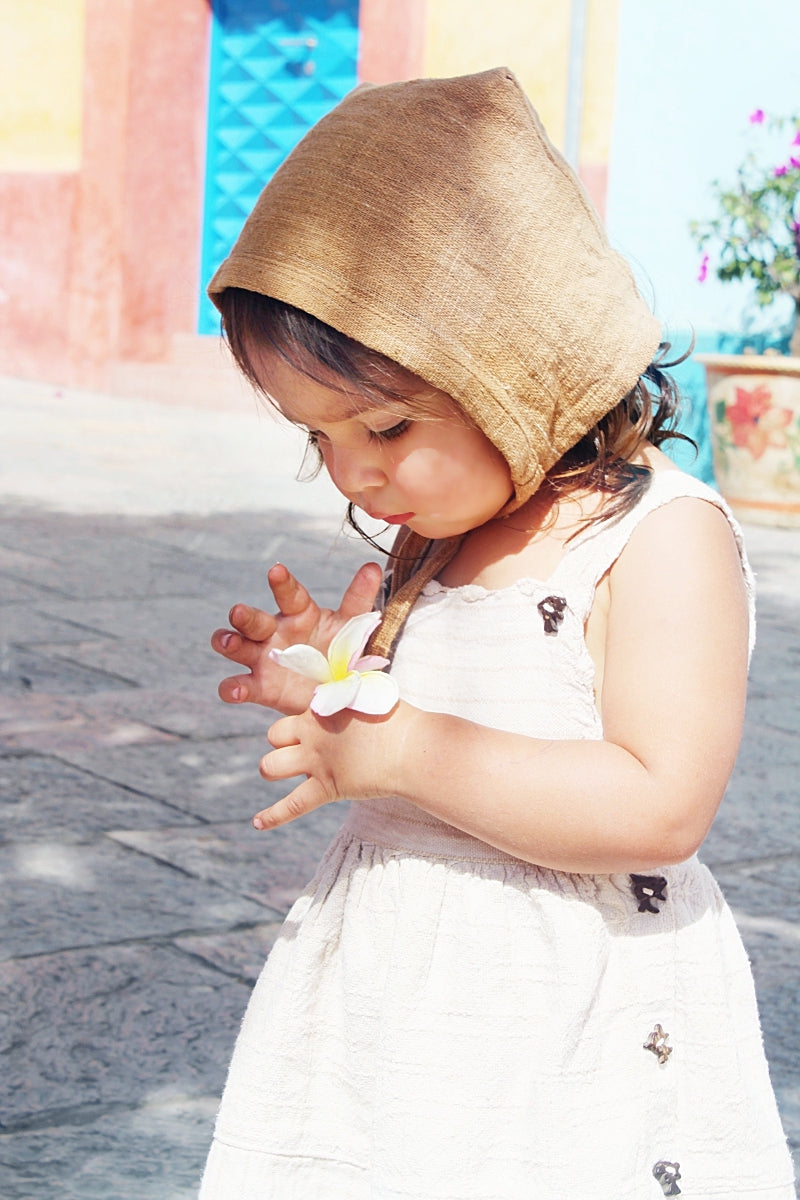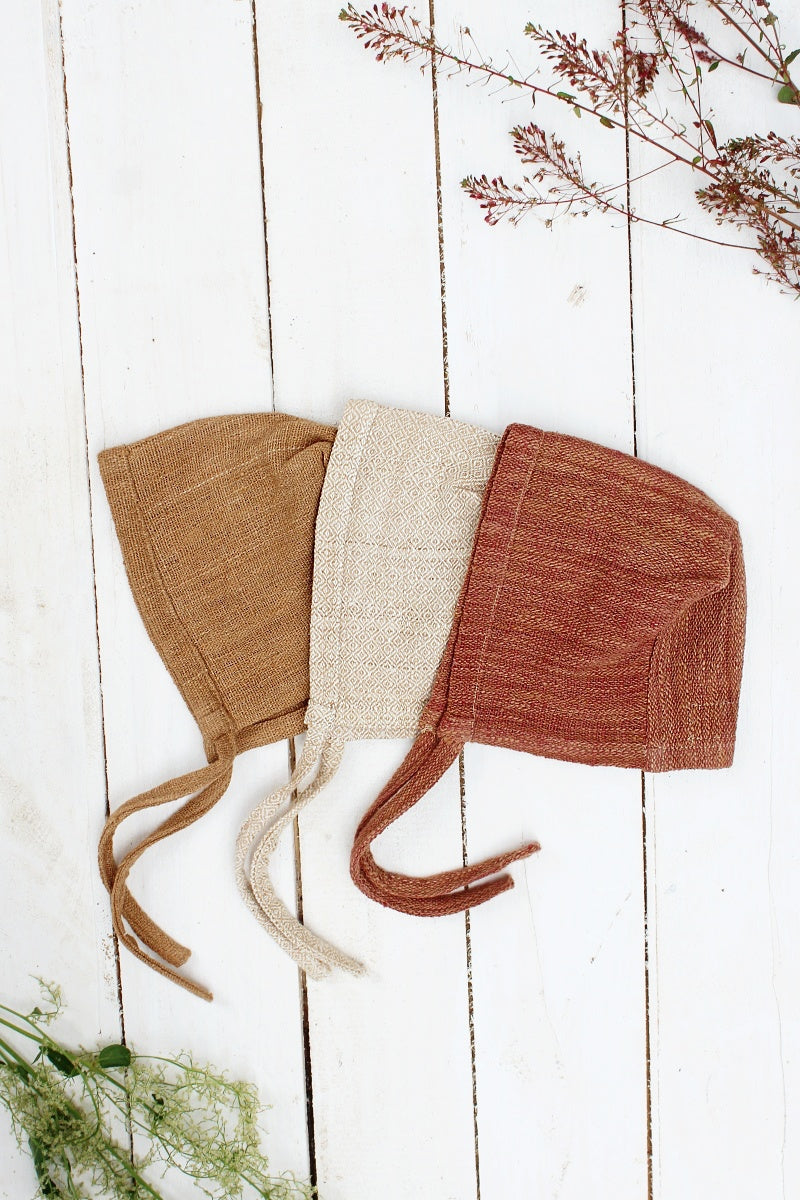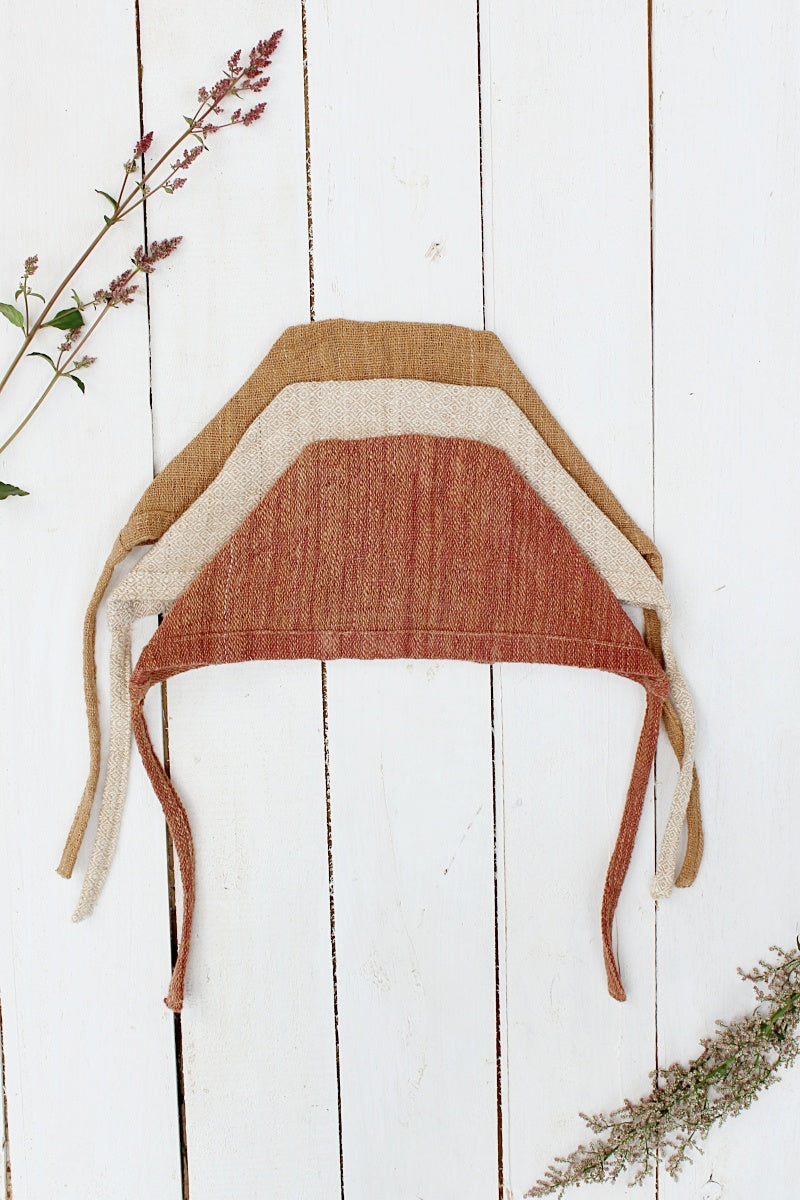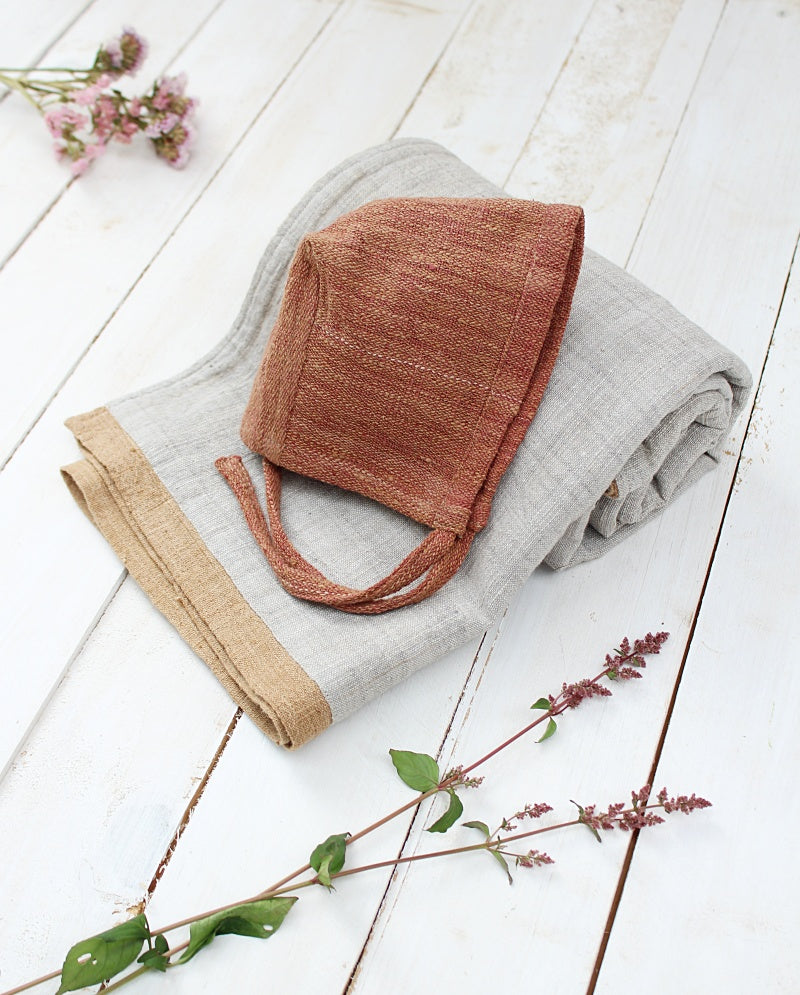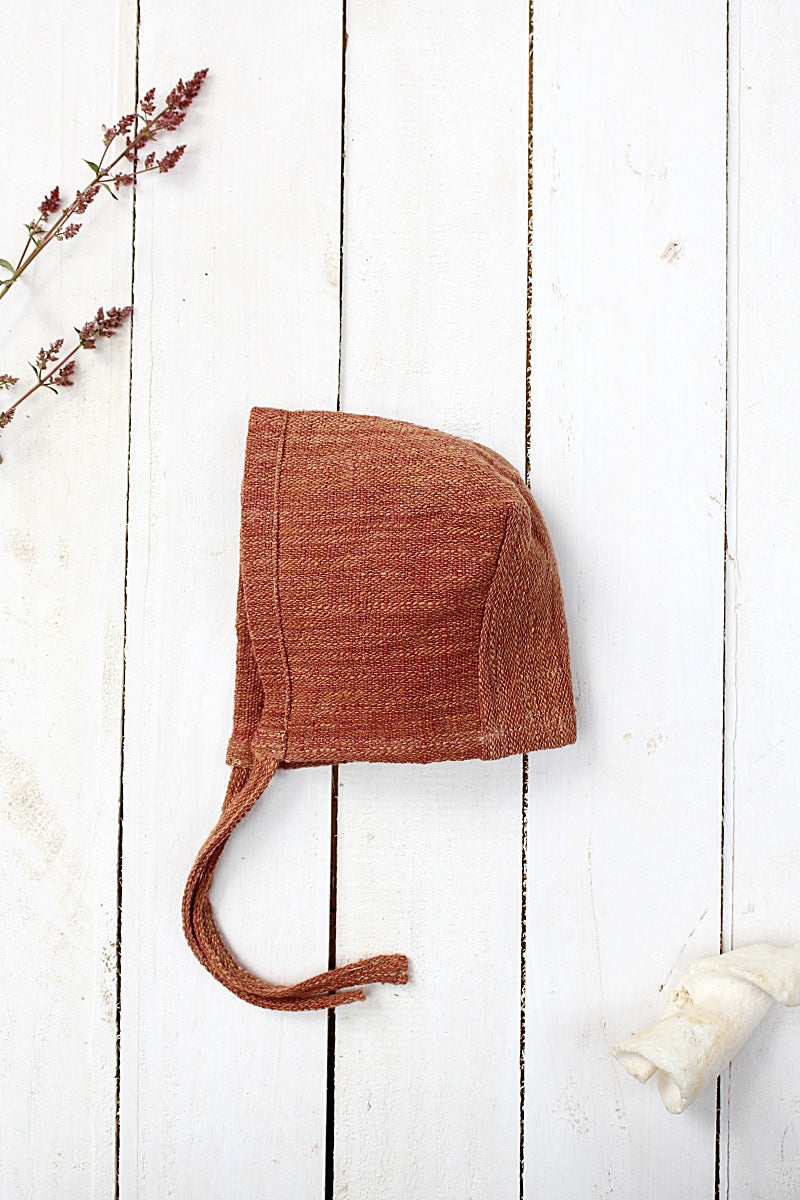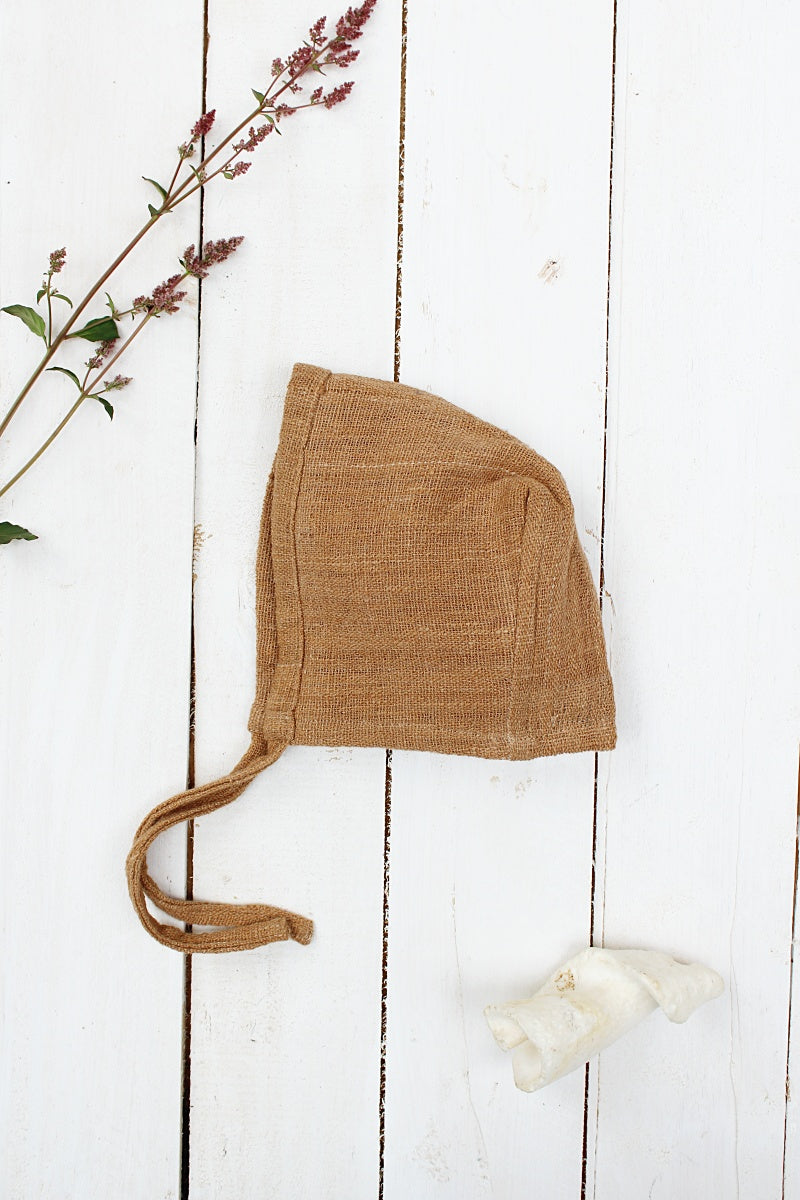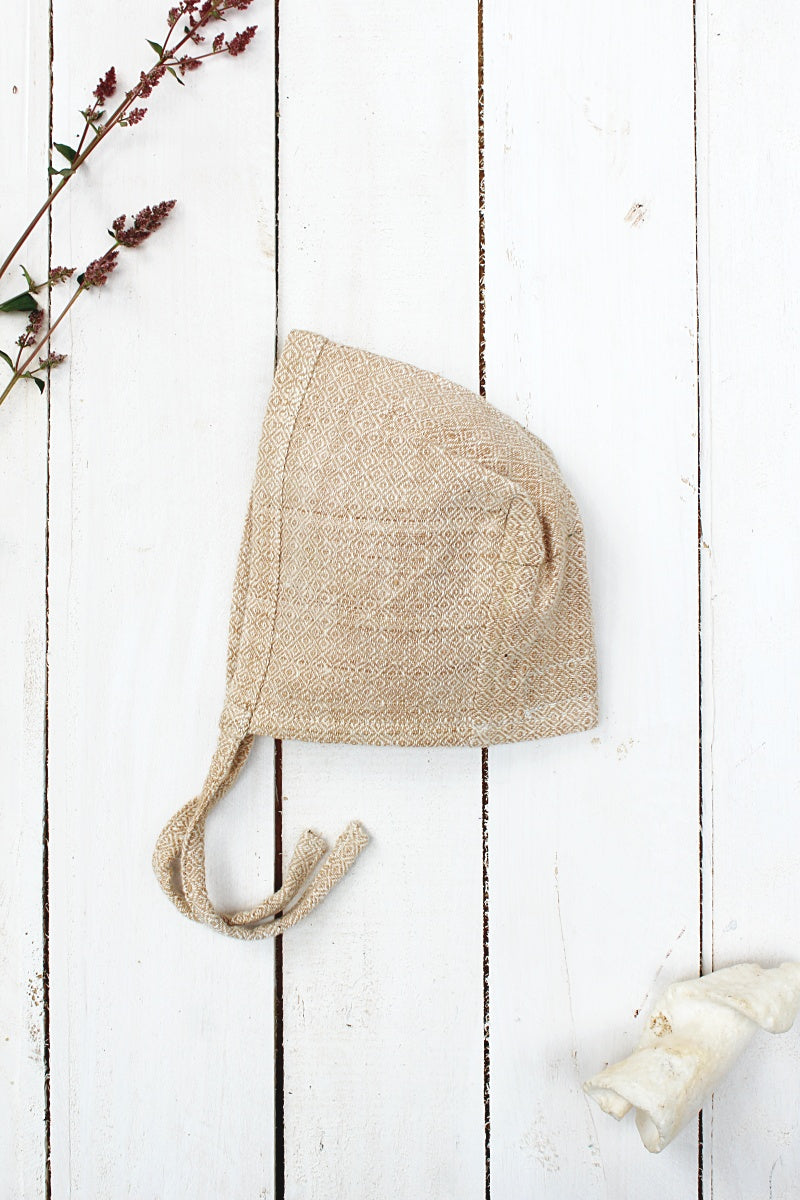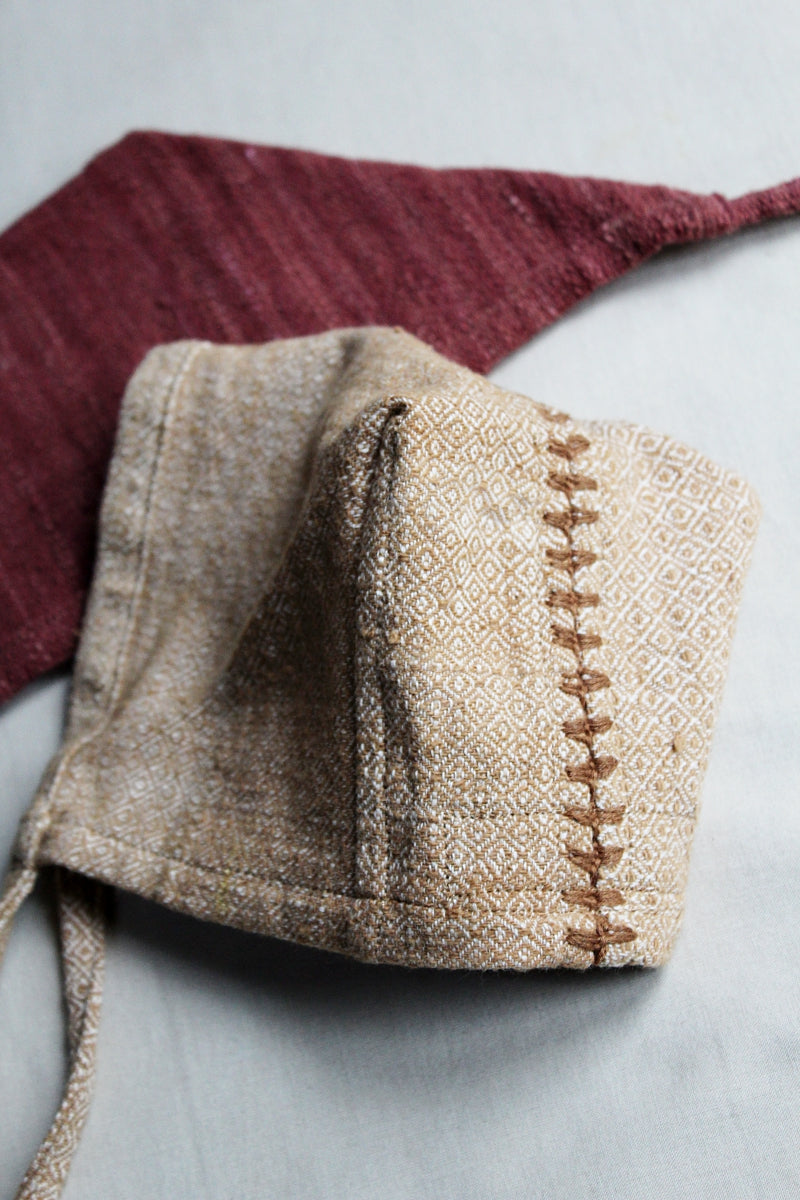Esta tienda requiere que JavaScript esté habilitado para que algunas funciones funcionen correctamente.
- Description
- Materials
- Vision
- Washing Instruction
- Note
Antama “Capota Bebé Orgánica Yegoyoxi”
Gorro para bebé tejido a mano con materiales totalmente naturales y orgánicos.
100 % algodón orgánico y nativo hilado a mano, originario de Oaxaca y Guerrero.
Disponible en tallas: 1-3 meses; 3-6 meses; 6-9 meses; 9-12 meses; 1-3 años
Materiales orgánicos y cuidadosamente seleccionados para la salud de la piel
A menudo siento sospechas al leer las etiquetas de los gorros de bebé convencionales
¿Dudaste de la calidad y pureza de los ingredientes y te preocupaste intensamente si podrían dañar la delicada piel de los miembros más pequeños de la familia?
Bueno, lo entendemos totalmente... ¡Nosotros también!
¡Es por eso que la producción de esta manta orgánica y teñida naturalmente es un proyecto cercano a nuestros corazones! Está hecho con la intención de utilizar los mejores materiales disponibles: ¡jamás!
Las telas están teñidas con tintes naturales elegidos intencionalmente. Nuestro algodón orgánico es transpirable y se vuelve más suave con el uso.
Todos nuestros productos se producen éticamente y apoyan la vida en áreas rurales mexicanas, proyectos comunitarios locales y partería.
Beneficios
- 100 % hilo hilado a mano
- Algodón orgánico
- No tóxico
- Tintes naturales
- Tejido en correa trasera y telar de pedal
- Material transpirable
- 100 % artesanal

ECOLOGICAL COTTON:
The cotton used is native to the Costa Chica of Oaxaca and Guerrero. It is heritage white and coyuchi cotton (brown color) from 35 small producers from 12 coastal communities of Oaxaca. The farmers participate in a program for ecological production and the increase of biodiversity in their plots.
NATURAL DYES:

GRAY
The gray color is obtained from the acacia trees pods (huizache).

BROWN
The brown color comes from the oak bark. The bark is collected in the forests of the Sierra Sur. It is very similar to the color of the naturally colored cotton we use called coyuche.

WINE
The burgundy color is obtained from cochineal produced in the Oaxaca Valley (Zimatalán). These are mixed with coyuche cotton. Please note: the wine colors leak more in the wash than blue or brown colors.

BLUE
Indigo - Indigofera Suffruticosa- is a native plant to Mexico. Our indigo dye comes from the Istmo region of Oaxaca and is produced by a family that still preserves the knowledge of the alchemy how to create the plant dye.
More about the textiles:
We purchase the textiles from a project that has the idea to participate in a meaningful, culturally appropriate, sustainable artisanal production that supports rural life through cottage industry.
VISION
THREAD
At present, there are 200 women from the villages and ranches of San Sebastián Rio Hondo who remove with their hands the seeds of cotton brought from the coast, card and spin it, all by hand using spinning wheels in their homes.
Local carpenters reproduce the wheel designed by Gandhi so that each artisan has her own.
There are two types of handicraft fabric applied in the village: Pedal loom and waist loom.
Washing instruction:
- Wash Separately
- Hand wash/ Delicate Wash
- Water 30 ºC
- Mild neutral Liquid Soap
- Dry in Shade, Flat Dry (please note the possibility of color leaking)
- Iron Damp On Low
- No Bleach, No Tumble Dryer
- Keep natural dyed products out of direct sunlight. When drying outside please dry in a shaded area.
- Please make sure detergent or soap does not come into direct contact with the dyed material. Dissolve in water first.
- Do not use bleach. Some household detergents contain bleach so please check before use.
- Please be careful around acids, most of the dyes can react to acid.
- It is possible some of the dyes will change color when they come in contact with iron or copper while wet.
Handwoven apparel are artisan crafted by hand from start to finish and might change slightly in size or color, contain some weavers knots, pulls or other signs about handwork. The color of naturally dyed textiles is not always equal on the whole fabric but can be darker or lighter in some parts, it can also fade when washed. Each thread dyeing and weaving also creates slightly different piece, so each cloth is unique.

